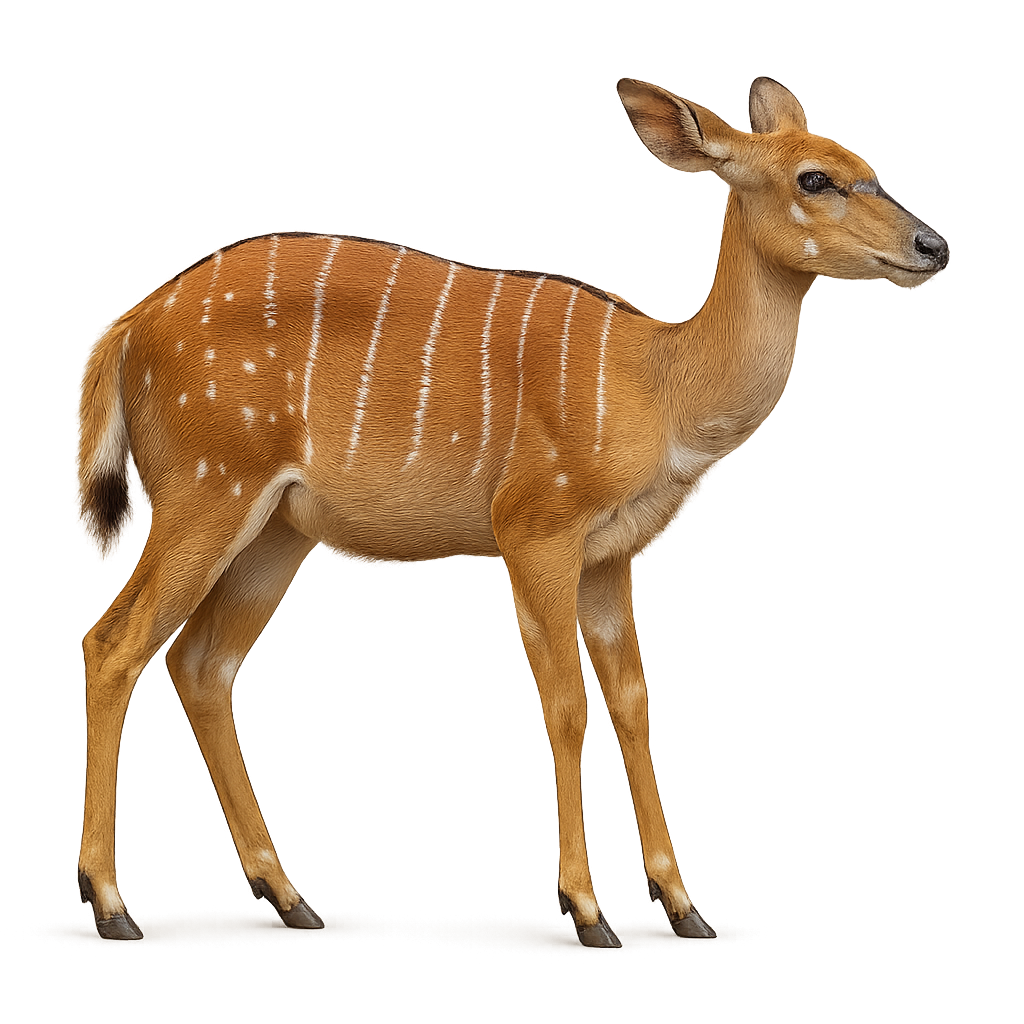Your wildlife photography guide.
Explore the bontebok in detail, study its behavior, prepare your shots.
Where to observe and photograph the bontebok in the wild
Learn where and when to spot the bontebok in the wild, how to identify the species based on distinctive features, and what natural environments it inhabits. The WildlifePhotographer app offers tailored photography tips that reflect the bontebok’s behavior, helping you capture better wildlife images. Explore the full species profile for key information including description, habitat, active periods, and approach techniques.
Bontebok
Scientific name: Damaliscus pygargus

IUCN Status: Endangered
Family: BOVIDAE
Group: Mammals
Sensitivity to human approach: Suspicious
Minimum approach distance: 30 m
Rut period: April to May
Gestation: 240-260 jours
Births: December to January
Habitat:
Grasslands, savannas, and grassy areas of South Africa, mainly in nature reserves and protected areas
Activity period :
Primarily active during the day, with peak activity in the morning and late afternoon.
Identification and description:
The Hartebeest is a medium-sized antelope, easily recognizable by its large lyre-shaped horns and distinctive coat. It stands about 1.1 to 1.3 meters tall at the shoulder, with a weight ranging from 90 to 150 kg. Its coat is generally reddish-brown, with characteristic white markings on the belly, legs, and around the eyes, and a darker coat on the back. The Hartebeest primarily inhabits savannas, grasslands, and grassy areas in East and Southern Africa, notably in Kenya, Tanzania, South Africa, and Namibia. Herbivorous, it primarily feeds on grasses, leaves, and young shoots. It lives in social groups, usually composed of females and young, while adult males often live alone or in small groups. While the Hartebeest is not currently endangered, it faces threats such as habitat loss, hunting, and disease.
Recommended lens:
200 mm – adjust based on distance, desired framing (portrait or habitat), and approach conditions.
Photography tips:
To photograph the harnessed guib, a telephoto lens is ideal for capturing its behavior in motion or while it’s in open grasslands.
Soft morning or evening light offers the best conditions for sharp, well-lit photos.
Be discreet and always respect the safety distance to avoid disturbing its natural behavior.
IUCN status: Least Concern. It is essential to respect its space and minimize disturbance.
The WildlifePhotographer App is coming soon!
Be the first to explore the best nature spots, track rutting seasons, log your observations, and observe more wildlife.
Already 1 432 wildlife lovers subscribed worldwide

